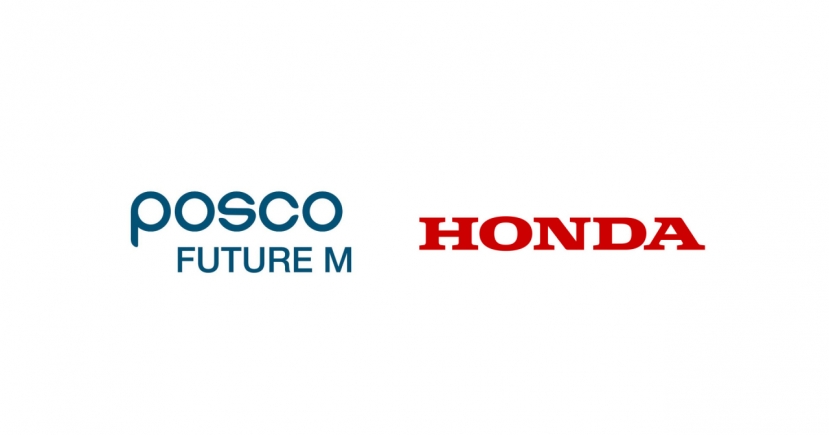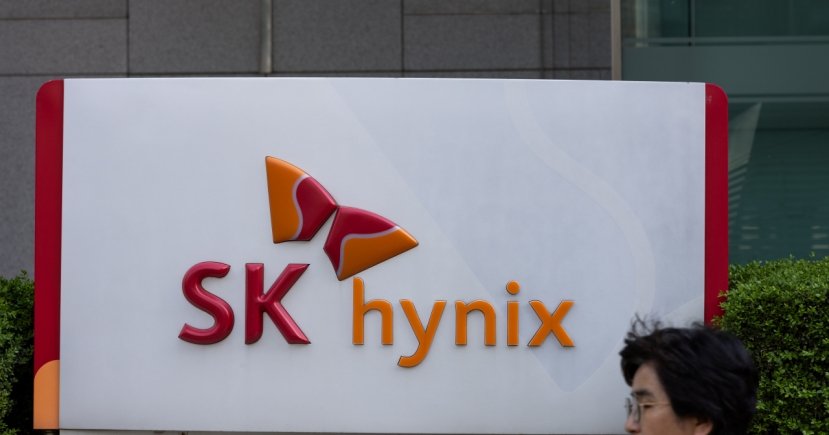Finance
[COLUMN] Korean bond market rising
[THE INVESTOR] The Korean bond market is one of the largest in Asia, having grown significantly over time through regulatory reforms and market liberalization.
The amount of bonds outstanding in the local market stood at 1,779 trillion won ($1.51 trillion) in September, having grown at a 7 percent compound annual growth rate since 2011. Bond issuances have been robust, with Korean won-denominated issuances rising to 149 trillion won at the end of 2015, up 28 percent on-year.
Declining interest rates have supported issuance volumes. Korea’s policy rate, for example, has steadily declined by 180 book value per share from 2.5 percent at the start of 2014 to 0.62 percent today. Corporates have successfully attracted plenty of cash from the bond market. For example, Hyundai Motors, an “AAA”-rated issuer, was able to easily tap the bond markets after a five-year hiatus. Other corporates have similarly capitalized on the low yield environment to refinance existing debt.
 |
Henrik Raber |
Korean bonds have also seen strong demand from local and international investors, who have been searching for yield in a world where nearly $12 trillion worth of bonds are negative yielding. Although demand has somewhat waned in recent months, we have seen foreign investor appetite increase significantly over the years. The proportion of foreign holdings in Korean won government bonds, for example, has increased from 1.2 percent to 9.6 percent in the last decade since 2006.
Underlying the issuance volumes is a growing and vibrant corporate bond market. Volumes from the segment have grown at a 10 percent compound annual growth rate over the past decade, with the proportion of total issuances increasing from 16 percent to 36 percent of the total. Korean won-denominated corporate bond issuances total 2.4 trillion won for the year to date, representing a 10 percent growth on-year.
As the corporate bond market grew, so has its depth and diversity. Companies from a range of industries have issued bonds, with no sector dominating with more than 10 percent of issuances. For the year to date, the five largest sectors are utilities, construction, electronics, real estate, and oil and gas. Bonds issued also have longer maturities, with the proportion of bonds with maturities greater than three years increasing to 83 percent of the total for the year to date.
Korean issuers are also active in offshore markets: G3-denominated issuances by Korean names has reached $26.5 billion as at the end of October, up 51 percent on-year. Issuances were also across a variety of local currencies, including the Chinese yuan, British pound, Canadian dollar, Australian dollar and Indian rupee.
Tapping on the attractiveness of the yuan, Korea was the first sovereign to issue a Panda bond in the Chinese interbank bond market last December -- a landmark transaction that set a key benchmark for other sovereigns.
Recent market developments are expected to spur further growth. The Qualified Institutional Buyer scheme, for example, was implemented to expand financing opportunities for small and medium-sized enterprises and aims to offer safe harbor exemptions to issuers, similar to Rule 144A in the US. However, despite the initiative, there has been only one small-sized issuance in the QIB market, in 2012.
In a bid to rejuvenate the market, the Korea Financial Investment Association in August eased the QIB system significantly for issuers, reducing the eligible size for local issuers from 500 billion won in assets to just 2 billion won.
The QIB scheme was also made available to foreign issuers, so as to boost the Arirang Bond market, or Korean won-denominated bonds issued onshore by foreign issuers. Authorities are keen to grow this segment to help develop the Korean won as a more freely exchangeable currency. The Asian Development Bank was the first to issue such bonds in 1995 but since then issuances have been relatively scarce with only five other issuers, including Nomura, SocGen, Macquarie and Singapore Power, coming to market.
Another growing segment is the asset-backed securities market, where securitization has become an important financing tool. Collateralized bond obligations and collateralized debt obligations has traditionally accounted for the bulk of securitized transactions, but over the last few years the market has expanded to include securitization of mortgages, credit cards, trade receivables, and various leases and loans. Korea is currently the second-largest primary asset-backed security market in Asia after China.
In an effort to provide Korean financial institutions with a stable funding channel and ensure financial market stability, regulators passed the Covered Bond Act in April 2014, making Korea one of two Asian countries (the other is Singapore) to benefit from the legislation. Given that covered bonds are backed by cash flows from mortgages or public sector loans, the country has since had a number of covered bonds issuances, including from Kookmin Bank and Korea Housing Finance Corporation. Market observers believe the potential for covered bonds in Korea remains large given its sizable mortgage market and high levels of household debt.
Despite the recent growth, the ratio of the Korean bond market to gross domestic product currently stands at 130 percent, which is lower than that of other developed markets such as Japan or the US with ratios of over 200 percent. This highlights the significant edge for financial deepening and opportunities in the Korean bond market. For investors and issuers, it is clearly a market to watch.
By Henrik Raber
The writer is the global head of capital markets at Standard Chartered Bank. -- Ed.








